Makita UR100D User manual
Other Makita Trimmer manuals
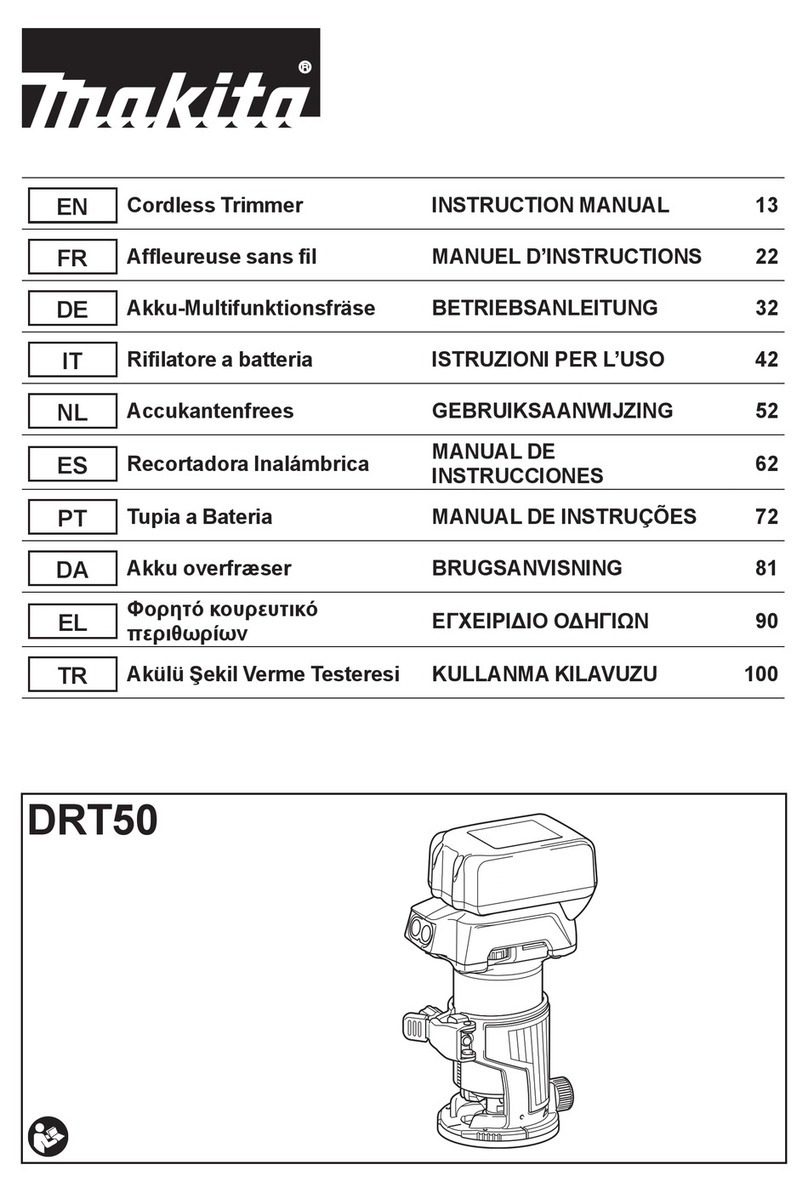
Makita
Makita DRT50 User manual
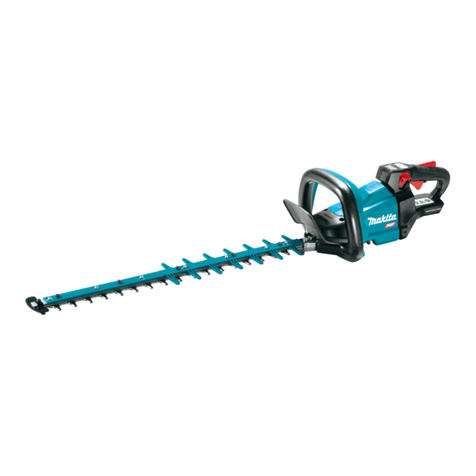
Makita
Makita GHU01 User manual

Makita
Makita UH013G User manual

Makita
Makita UH303D User manual

Makita
Makita DRT50 User manual

Makita
Makita UH4510A User manual
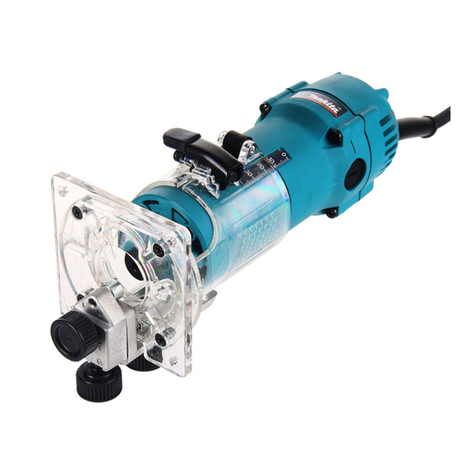
Makita
Makita 3707 User manual
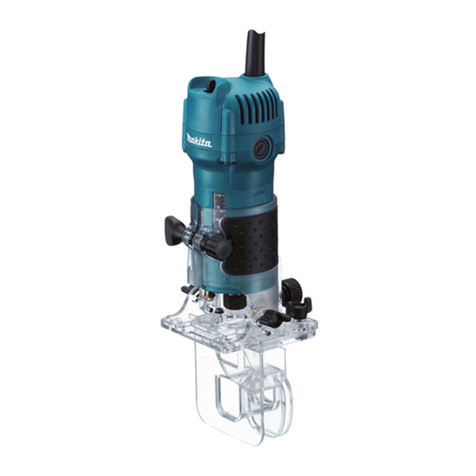
Makita
Makita 3710 User manual
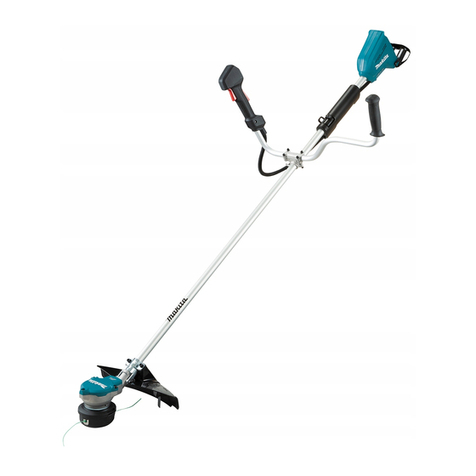
Makita
Makita DUR365UPT2 User manual
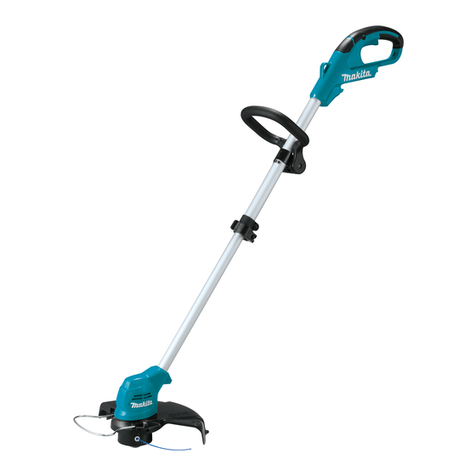
Makita
Makita DUR181 User manual
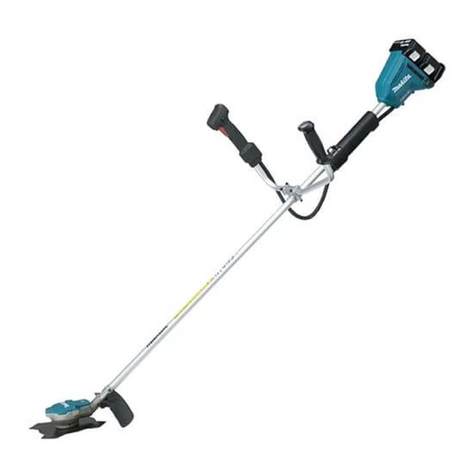
Makita
Makita DUR365UPM2 User manual
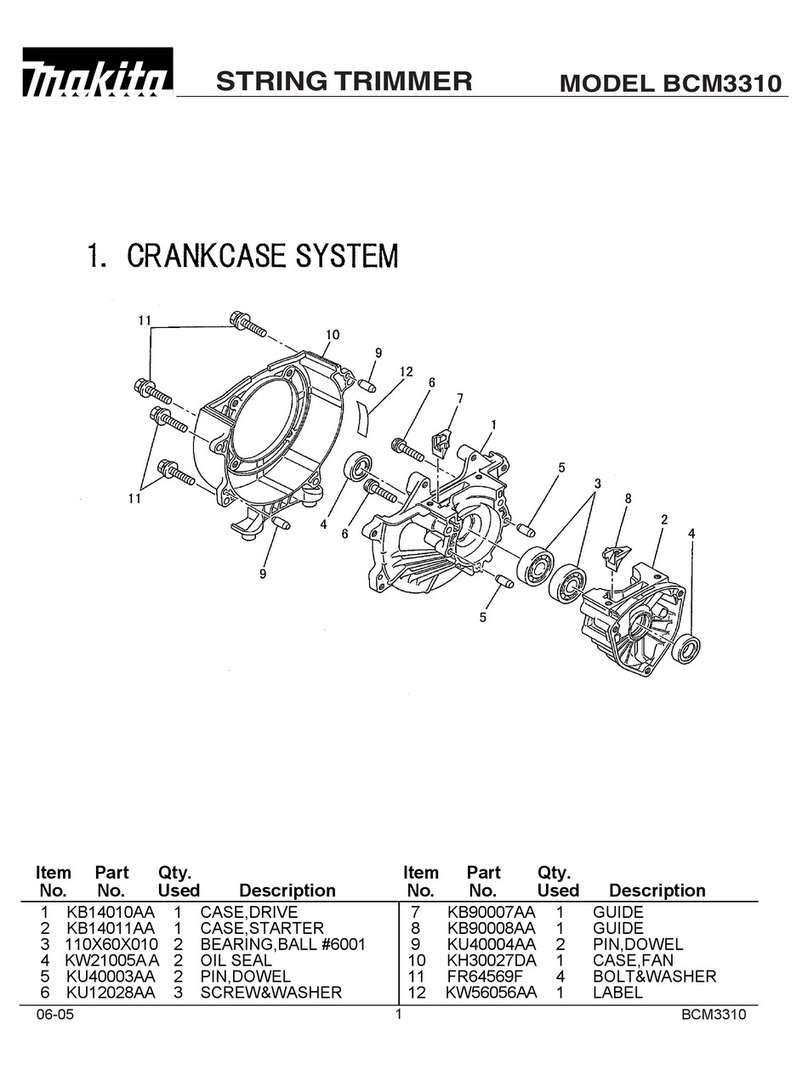
Makita
Makita BCM3310 User manual
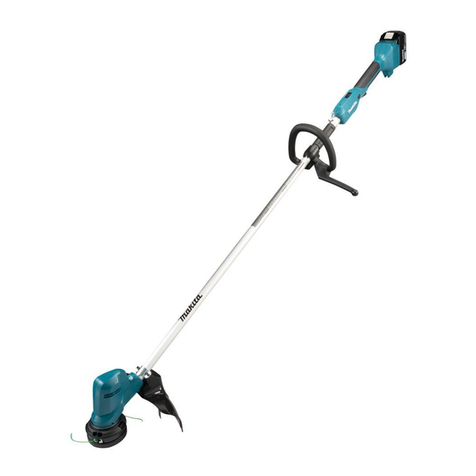
Makita
Makita DUR194ZX3 User manual
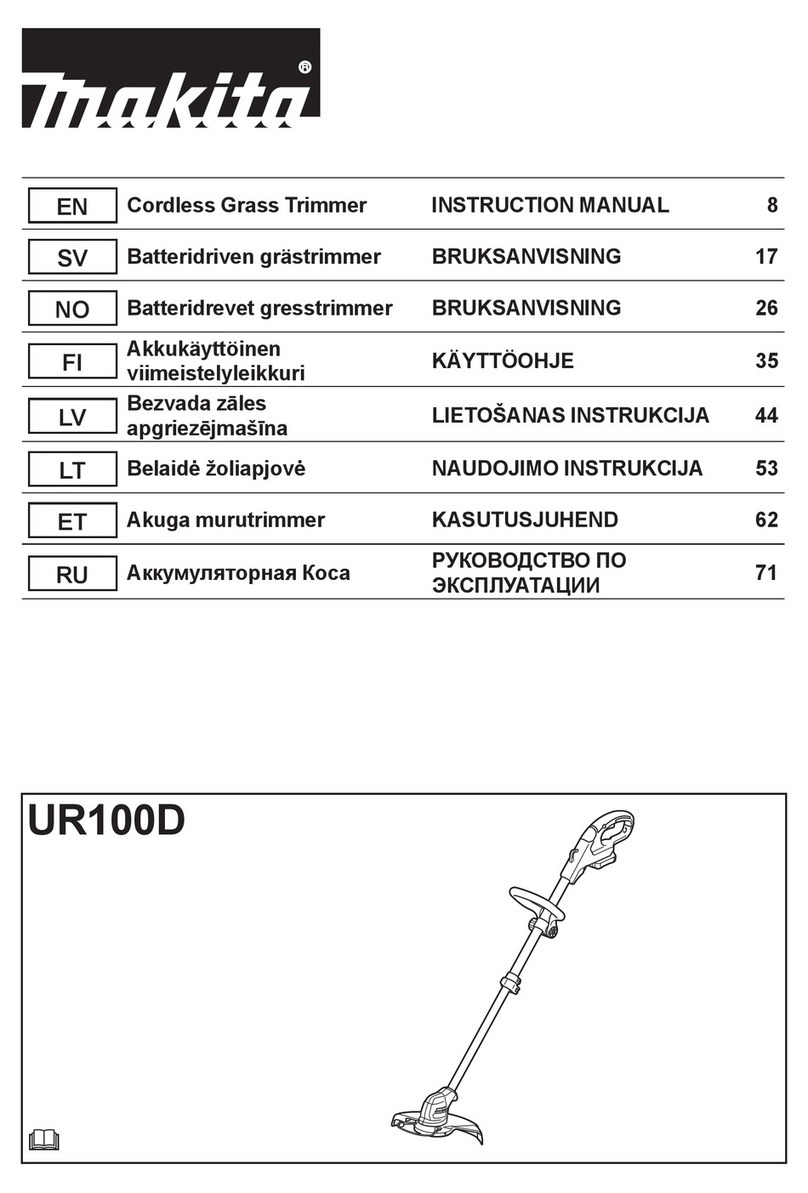
Makita
Makita UR100D User manual

Makita
Makita UR100DSAE User manual

Makita
Makita EN410MP User manual

Makita
Makita UH 4540, UH 5540, UH 6540 User manual
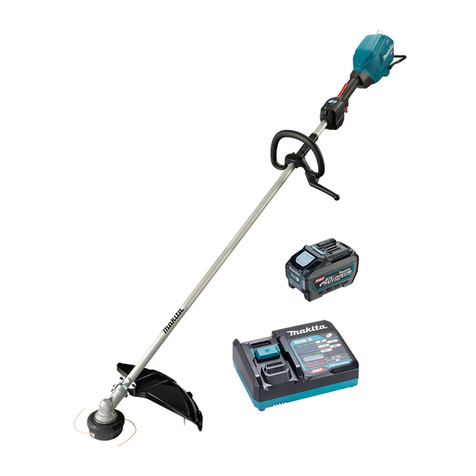
Makita
Makita UR007GT101 User manual
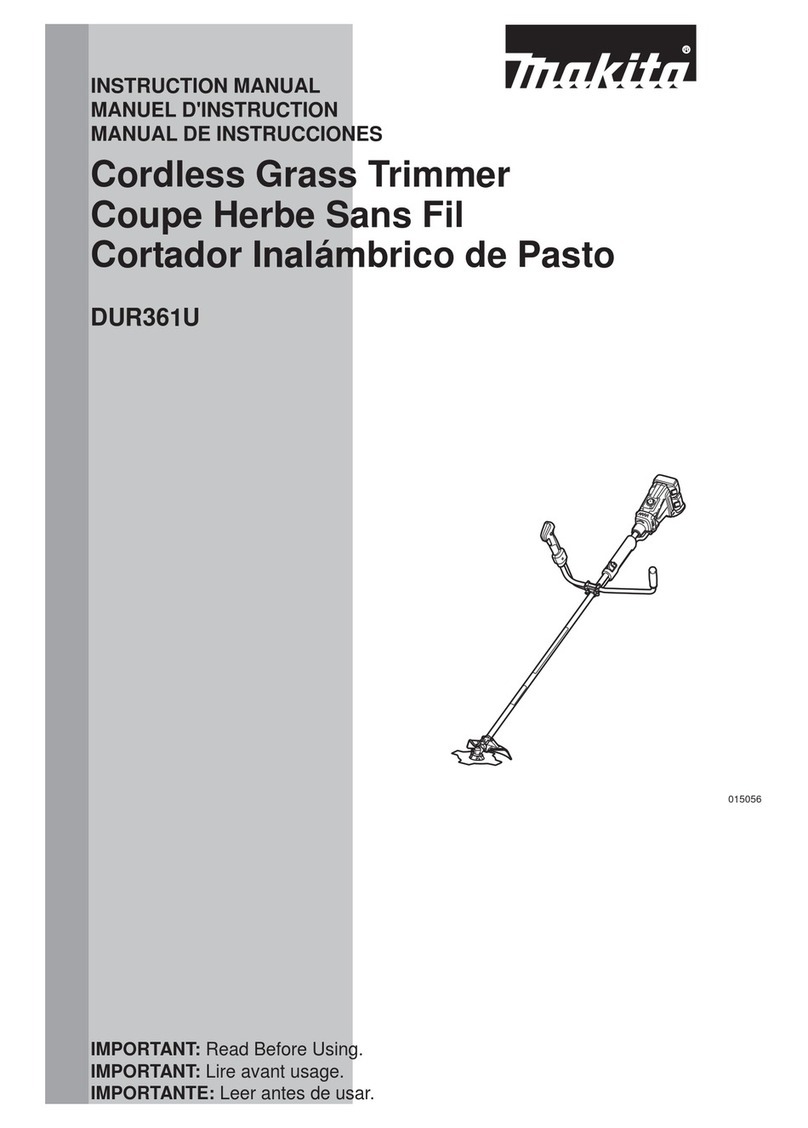
Makita
Makita DUR361U User manual
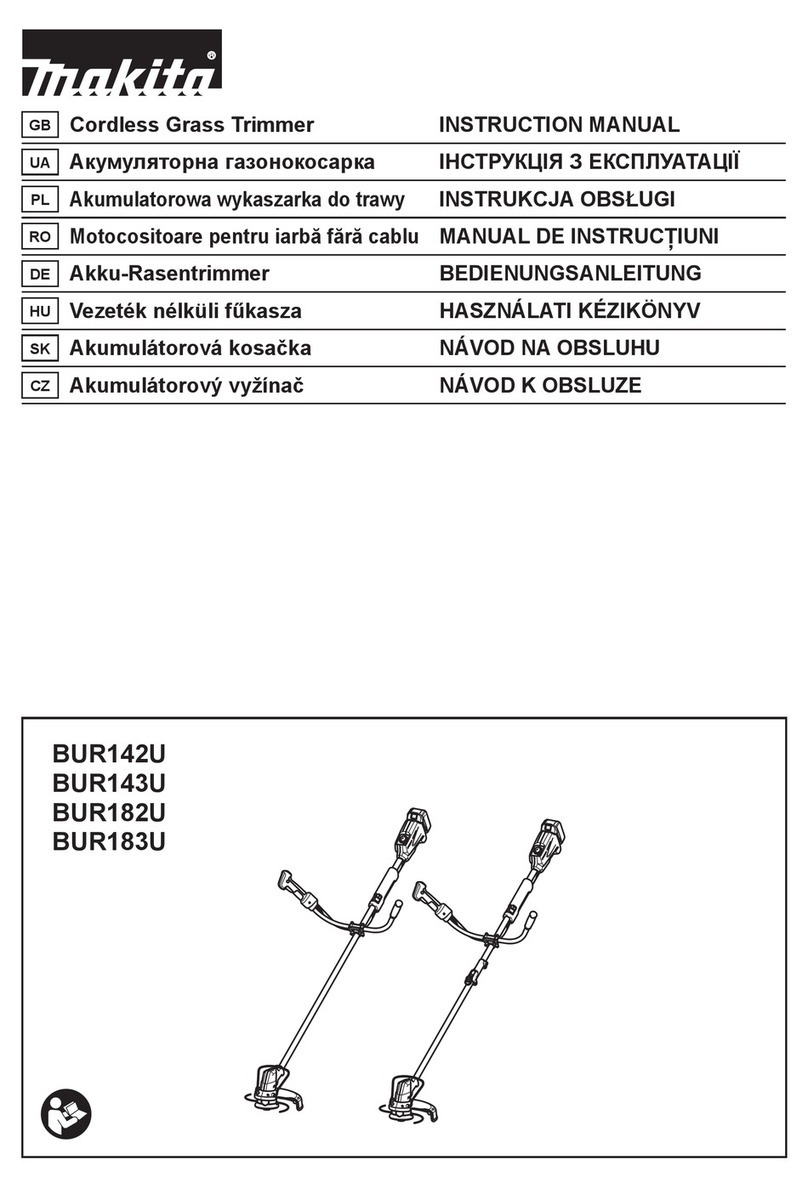
Makita
Makita BUR142U User manual































